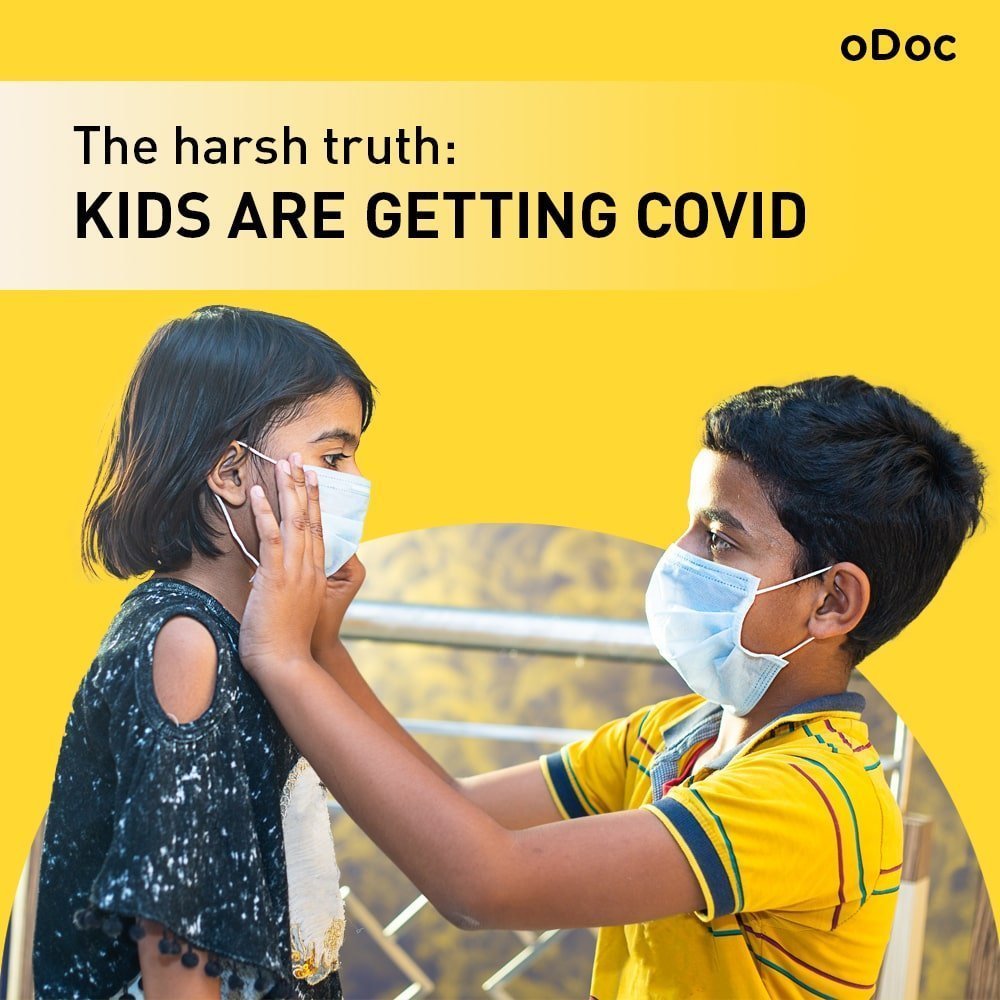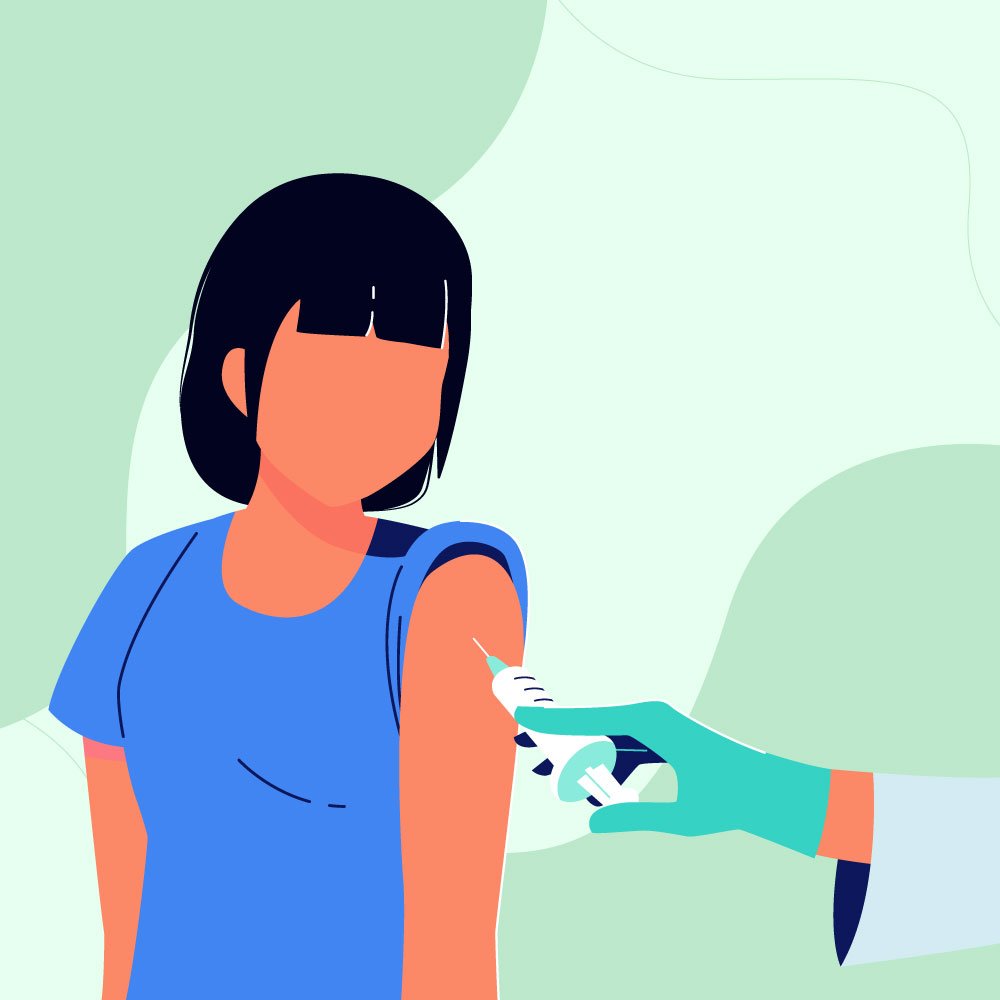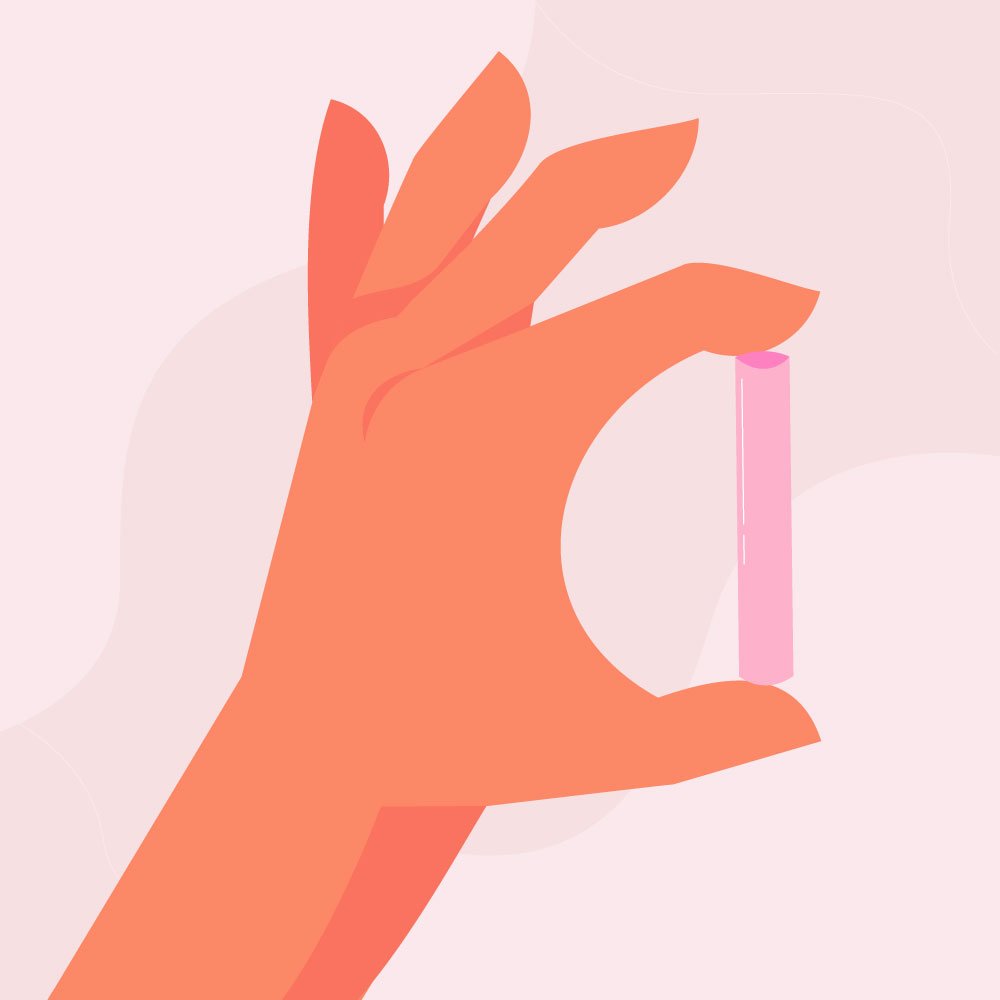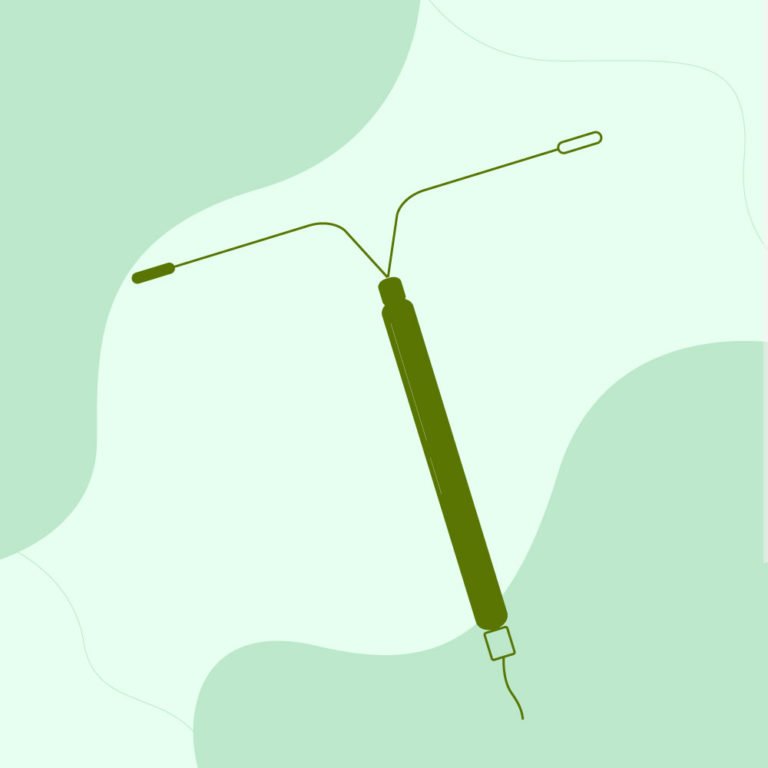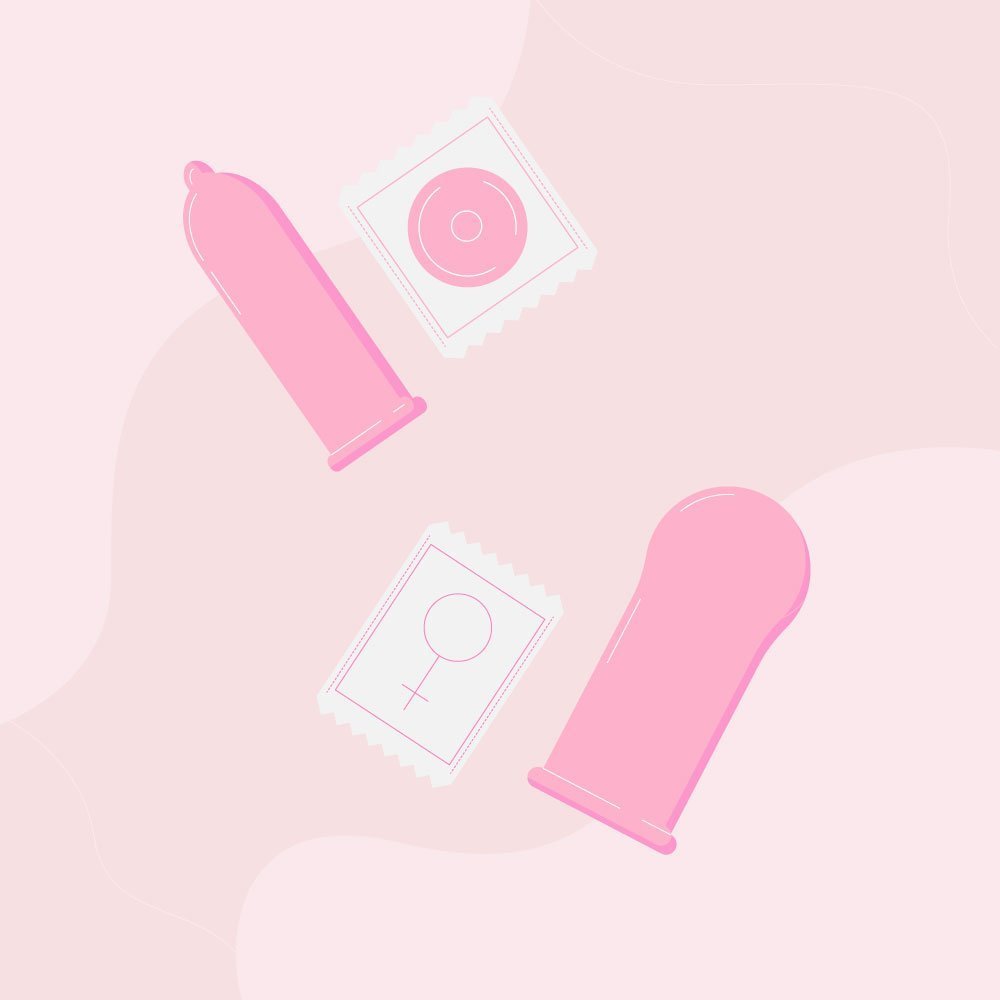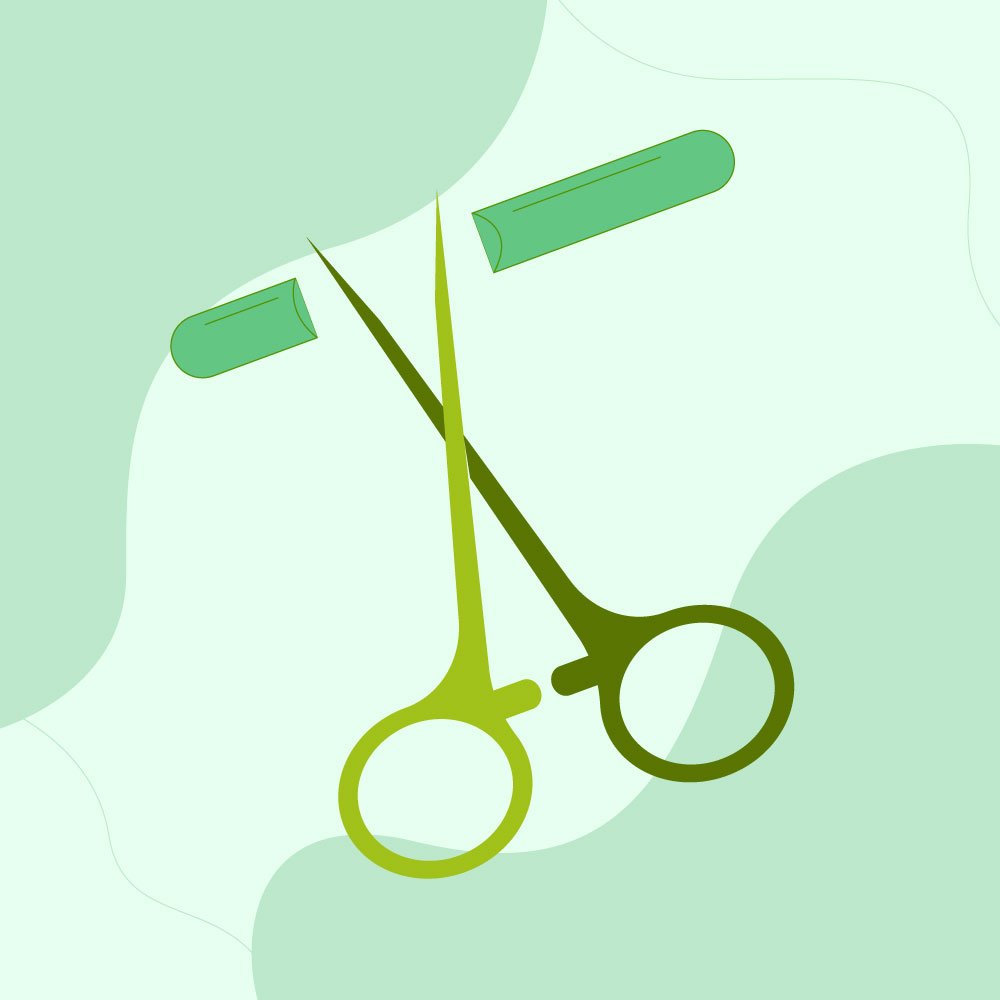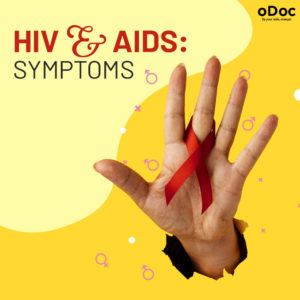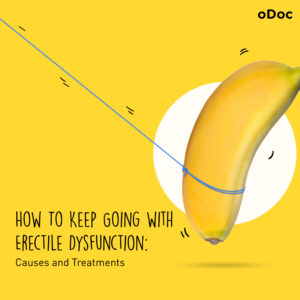කොවිඩ් 19 හමුවේ ශ්රී ලාංකික ළමා පරපුර
දරුවෙකු යනු, අනාගතය උදෙසා සිදුකරන ආයෝජනය කි. කුඩා කළලයක් කෙමෙන් වර්ධනය වී අනතුරුව විශාල සමාජයට ඇතුළුවන තෙක් ම අප ඔවුන්ව රැකබලා ගත යුතු ය. ආදරය, අවධානය ලබා දෙමින් අනාගත ලෝකය වෙනුවෙන් අපේ දරුවන් සූදානම් කිරීම අප සතු වගකීමක් මෙන් ම යුතුකම කි. ලොව පුරා බිලියන 2.2 ක් සිටින ළමා ජනගහනයෙන් බිලියන දෙකක් පමණ ළදරුවන් ජීවත් වන්නේ සංවර්ධන වෙමින් පවත්නා රටවල්වල යි.
මේ අනුව, ශ්රී ලංකාව තුළ කොවිඩ් වසංගත තත්වය හමුවේ අපගේ ළමා පරපුර මුහුණ දෙන මානසික, සමාජීය සහ අධ්යාපනික තත්වයන් විශාල වශයෙන් වෙනසට බඳුන්ව ඇත.
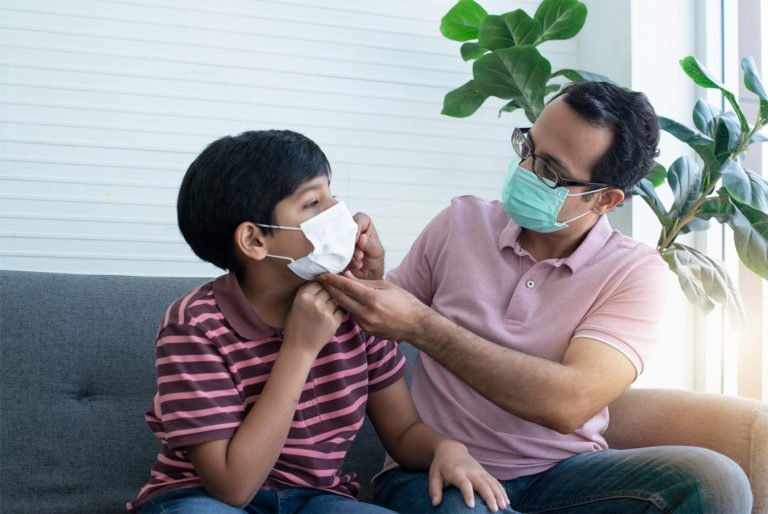
ලොව ඕනෑම ව්යසනයක දී වැඩි වශයෙන් පීඩාවට ලක් වූයේ දරුවන් ය. අවතැන් වීම, දුප්පත්කම හේතුවෙන් ශාරීරික දුබලතා පවතින දරුවන් විශාල වශයෙන් අසරණ භාවයට ලක් වෙයි. ශ්රී ලංකාව තුළ මිලියන හතරක පමණ දරුවන් කොවිඩ් 19 තත්වය නිසා පාසල් නොයයි. ඔවුන් වැඩිදෙනා ජාලගත ( Online) අධ්යාපනයට නැඹුරුව ඇත. එහි අතුරුඵලයක් ලෙසින්, ඔන්ලයින් අන්තර්ජාල වැඩසටහන් නිසා ළමා අපචාර සහ හිංසනයන් විශාල වශයෙන් වැඩි වී ඇතිබව EURPOL වාර්තා මගින් පෙන්වා දෙයි. යුනිසෙෆ් ( UNISEF) සංවිධානය පවසන්නේ, මාර්තු මස 19 වැනිදා සිට අප්රේල් 7 දක්වා කාලය තුළ ශ්රී ලංකා ළමා ආරක්ෂණ අධිකාරියට ලැබුණු ළමා අපයෝජන පැමිණිලි ගණන 292 ක් බවත් ඉන් 121ක් දරුණු වද හිංසාවලට ලක්ව ඇතිබවත් ය.
ශ්රී ලංකාව තුළ පාසල් දරුවන් සිටින පවුල්වලින් 66% කට අන්තර්ජාල පහසුකම් නැත. දරුවන් දෙදෙනෙකුට වඩා සිටින පවුල්වල මෙම තත්වය විශාල ගැටළුවක් ව පවති යි. එයට අමතරව දෙමාපියන් ද නිවසේ සිට වැඩකිරීමට පටන්ගත් පසු මෙම තත්වය තවත් උග්ර අතට හැරුණු බව බීබීසී ප්රවෘත්ති සේවය පවසයි.
සැබැවින්ම මෙම දුරස්ථ අධ්යාපනය හරහා ධනාත්මක මෙන් ම සෘණාත්මක ප්රතිචාර මතු කරයි. ආසියාතික සමාජය තුළ කුඩා දරුවන් මුහුණ දෙන බරපතල ගැටලු පවුල් පසුබිම සමග ගොඩනැගෙයි.
කොවිඩ් වසංගත තත්වය පටන් ගැනීමත් සමග, බොහෝ පුද්ගලයන් ආර්ථික කඩාවැටීමකට ලක් විය. එමෙන් ම බොහෝ දරුවන්ගේ දෙමාපියන් රැකියා විරහිත භාවයට ලක් වූ ආකරය ඛේදජනක ය. මානසික ආතතිය, කුසගින්න හමුවේ දරුවන්ට මනෝ සාමාජීය ගැටලුවලට මුහුණ දීමට සිදු විය. ඇතැම් අවස්ථාවල දී සිය අධ්යාපනය අතරමග නවතා ළමා ශ්රමිකයන් ලෙස පවුලේ ජීවන සටනට උරදීමට පෙළඹුණු අවස්ථා ඇත. මෙබඳු තත්වයන් තුළ ඔටිසම්(Autism) හෝ වෙනත් විශේෂ අවශ්යතා පවතින දරුවන් අපහසුතාවයට ලක් වීම නොවැළැක්විය හැකි තත්වය කි. ගම්බද අඩු ආදායම්ලාභී පවුල් අතර ආර්ථික ගැටළු මුල් කරගෙන ඇතිවන අඬදබර හේතුවෙන් දරුවන් විශාල මානසික පීඩාවන්ට ලක් වෙයි. ඇතැම් අවස්ථාවන්හි දී එම තත්වය විශාදමය අවස්ථාවක් ( Depression Situation) දක්වා වර්ධනය විය හැකි ය . දෙමාපියන් වෙන්වීම නිසා ඔවුන් දෙදෙනා සමග විටෙන් විට කාලය ගත කිරීමට ලැබුණු අවස්ථාවන් පවා දරුවන්ට කොරෝනා ව්යාප්තිය හේතුවෙන් අහිමි විය.
පාසල තුළ සිය යහළු හිතමිත්රාදීන් ඇසුරු කිරීම, ගුරුවරුන් – ශිෂ්යයන් අතර පැවති සබඳතා දුරස් වීම නිසා දරුවන් මානසික ව්යාකූල තත්වයකට පත්ව සිටි යි. එබැවින්, පාසල යනු, “ගෘහස්ථ හිංසනයට ලක් වන දරුවන්ගේ ක්ෂේම භූමිය යි”. අධ්යාපනයට දක්ෂතා දැක් වූ දරුවන් පාසල හැර යාම හරහා කායික අපයෝජන, චිත්තවේග (සිතුවිලි) අපයෝජන, ළමා මෙහෙකරුවන් ලෙස යෙදවීම මෙන් ම ලිංගික අපයෝජනයන් ද මෙහි අතුරු ප්රතිථලයන් ලෙස දැක්විය හැකි ය.
නමුත් දෙමාපියන් වැඩිහිටියන් වශයෙන් දරුවෙකුගේ ළමාවිය සංවර්ධනය පිළිබඳ නිසි අවබෝධයකින් කටයුතු කළ යුතු ය. කුඩා දරුවෙකු ගේ සියුම් මාංශපේෂි වර්ධනය වීමට අවශ්යය ක්රියාකාරකම් රාශියක් ඇත. ඒ අතරින් මැටි ඇනීම, බෝල පොඩි කිරීම, කඩදාසි බෝල සෑදීම වැනි දෑ පවති යි. මෙම සියුම් මාංශපේශි වර්ධනය නොවුවහොත් දරුවෙකුට අකුරක් ලිවීමට පැන්සලක් අල්ලා ගැනීමටවත් හැකියාවක් නොලැබෙනු ඇත. නිවස තුළ සිටින තම දරුවා කෙරෙහි දෙමාපිය අවධානය වැඩි වශයෙන් යොමු විය යුතු වන්නේ එබැවින් ය.
මෙයට වසර සියයකට පමණ පෙර කොරෝනා හා සමාන දරුණු වසංගතයක් ඇති විය. එය මාරක ක්ෂය රෝගයයි. මෙම අවධියේ දී කුඩා දරුවන් විශාල වශයෙන් රක්තහීනතාවයට සහ මන්දපෝෂණයට ලක් විය. 1921 පමණ කාලය වන විට, ජර්මනිය සහ බෙල්ජියම තුළ එළිමහන් අධ්යාපනය පිළිබඳ සංකල්පය ඇතිවූයේ මෙහි ප්රතිඵලයක් වශයෙන් ය. දරුවන්ගේ මානසික ශාරීරික සෞඛ්යය එළිමහන් අධ්යාපනය හරහා ගොඩනැගීම එහි අරමුණ විය. සැබැවින්ම හිරු එළිය, පිරිසිදු වාතය ඕනෑම සත්වයෙක් ලද ශ්රේෂ්ඨතම ධනයයි. මේ අයුරින් ළමා මානසික සෞඛ්යය නගා සිටුවීමට ගොඩනැගුණු තවත් සංකල්පයක් ලෙස ෆින්ලන්තයේ, “වනගැබ පිහිටි පාසල් පිහිටුවීම” හඳුන්වා දිය හැකිය. වනාන්තර සහ සංස්කෘතිය ඔවුන්ගේ ප්රධාන අධ්යාපන කේන්ද්රයයි. තව ද ස්කැන්ඩිනේවියානු රටවල මෙම එළිමහන් පාසල් සංකල්පය “udeskole” ලෙස හඳුන්වයි. එ බැවින් දරුවන්ගේ මානසික සෞඛ්යය වැඩිදියුණු කිරීම සඳහා නිර්මාණාත්මක ක්රියා සිදු කිරීමට දායක කරගත යුතු ය. යුනිසෙෆ් සංවිධානයට අනුව, වසංගත සමයේ පාසල් වසා දැමීම නිසා වැඩිහිටියන් ඔවුන් සමඟ වැඩිවශයෙන් කාලය ගත කළයුතු ය. නව යොවුන්වියේ දරුවන්ට ඇතිවන කායික වෙනස්කම්, මානසික වෙනස්කම් දෙමාපියන් සමග හුවමාරු කරගැනීමේ අඩිතාලම සැකසිය යුත්තේ එබැවින් ය. එසේම දරුවෙකුට සිය තරහා පාලනය කරගනීමට 1 සිට 10 දක්වා ත් 10 සිට 1 දක්වාත් ගණන්කිරීම මගින් මානසික සුවයක් ඇතිකර යි. දරුවන්ට අවංක වෙමින් විවෘත වෙමින් වැඩිහිටියන්ගේ අදහස් හුවමාරු කරගතයුතු ය. පවතින කොවිඩ් සමය තුළ ඔවුන්ව ධනාත්මක අරමුණුවලට යොමු කළයුතු වන්නේ එම හේතුව නිසා ය.
මෙයට අමතරව දරුවන්ගේ කායික සුවතාවය වර්ධනය කිරීම සඳහා ආරක්ශිත අයුරින් එන්නත්කරණය සිදුකිරීම, මුඛ ආවරණ නිසි අයුරින් භාවිත කිරීම මෙන් ම නිවසින් පිටත ස්ථානවල දී මීටරයේ පරතරය පවත්වා ගනිමින් කටයුතු කිරීමේ වැදගත් වෙයි. ශාරීරිකව ශක්තිමත් වීමට අවශ්යය ව්යායාම සහ ක්රීඩා කරමින් හැකි අයුරින් පෝෂ්යදායී ආහාර වේලක් ලබා ගැනීම ප්රතිශක්තිකරණය සඳහා අනිවාර්ය වෙයි. යම් හෙයකින් කොවිඩ් වැළඳුණහොත්, එම අවස්ථාවේදී ස්වයං නිරෝධායනය වීම, නියමිත මුඛ ආවරණ පැළැඳීම මෙන් ම අනෙක් පුද්ගලයන්ට බෝ නොවන ආකාරයෙන් කටයුතු කිරීමට අවශ්ය මාර්ගෝපදේශ මත ක්රියා කළ යුතු ය. එසේම නියමිත ආකාරයෙන් නිවාස තුළ නිතර ස්පර්ශ වන දොර අගුල්, ශීතකරණ දොරවල් යනාදී දෑ සැනිටයිසර් යොදා ගනිමින් පිරිසිදු කිරීම ප්රධාන වෙයි.
අවසාන වශයෙන්, පවතින කොවිඩ් සමය තුළ ඍණාත්මක නොවී ධනාත්මක අයුරින් එකිනෙකාගේ වගකීම් ඉටු කිරීම වැදගත් වෙයි. එබැවින් ලොකු කුඩා සියලු දෙනා එකිනෙකාගේ ජීවිත ආරක්ෂා කර ගැනීමට වගකීමෙන් හා කැපවීමෙන් කටයුතු කළයුතු ය. එවිට නොබෝ දිනකින් නැවතත් සියලු දෙනාටම නිදහස් වටපිටාවක් සහිත ජීවිතයක් උරුමවනු නොඅනුමාන ය.
2. ළමා රෝහලේ කොවිඩ් ආසාදිත දරුවන් 70 ක්, 21 මීඩියාවිශන් – (පුවත්)
3. ඩිජිටල් උත්තේජනය: සිහින ලොවක ළමා මනස අතරමං වන හැටි, BBC, සිංහල පුවත්
4. දකුණු ආසියාවේ කොවිඩ් 19 පැතිරීම, ලෝක සෞඛ්යය සංවිධානය – 2020
5. අවුරුදු සියයකට පෙර වසංගතයකින් බේරීමට එළිමහන් පාසල් යොදාගත්තේ කෙලෙස ද?, BBC සිංහල – පුවත්
6. “පාසල් දරුවන් සිටින පවුල්වලින් 66% කට ඉන්ටර්නෙට් නැහැ”, ශ්රී ලංකාවේ ඔන්ලයින් අධ්යාපනය සාර්ථක වෙයි ද?, BBC සිංහල – පුවත්
7. තරඟ විභාග නැති ෆින්ලන්තයේ අධ්යාපන ක්රමය, BBC සිංහල , BBC සිංහල – පුවත්.
8. දරුවා තාක්ෂණයට ඇබ්බැහි වෙලා ද?, Risingchildren.lk- (ලිපිය)
9. ළමා අපයෝජන සහ කොවිඩ් 19 සහ 2020, රාවය පුවත්පත
10. අන්තර්ජාලය හරහා සිදුවන ළමා අපයෝජන අවම කරමු, Sinhalanews.lk
11. කොරෝනා ව්යසනය සහ අර්බුදයට ලක් වන ළමා පරපුර, Vivaranews.com
12. මනස විනිවිද දුටු තෙවැනි ඇස: සිග්මන් ෆ්රොයිඩ්, roarmeadia
13. යුනිසෙෆ් ශ්රී ලංකා (UNICEF – Sri Lanka), වාර්ෂික වාර්තාව 2020
14. ස්කැන්ඩිනේවියාවේ “Udeskole” සංකල්පය, Children and nature network, Childrenandnature.org
15. කොවිඩ් 19 සමයේ අන්තර්ජාලය මගින් සිදුවන ළමා අපයෝජන 2020, වාර්තාව, EUROPOL.
Similar Articles...

Let’s talk flu, its prevention and home remedies.
Boo-ger season is here! Let’s begin by defining flu (short term for influenza) because it’s usually misunderstood as fever or cold. Flu is a common

මොකක්ද මේ COVID - 19 බූස්ටර් මාත්රාවක් කියන්නේ??
As Sri Lanka rolls out its COVID19 booster program, we break down the answers to your most pressing questions. Firstly, what is a booster? A
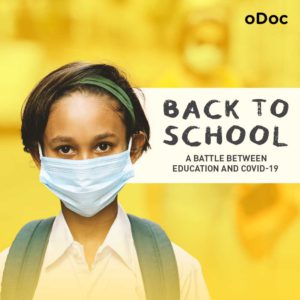
Back to School – A Battle Between Education and COVID-19
Back to School – A Battle Between Education and COVID-19 Students are finally returning to school. But as parents, many are worried about COVID-19 safety.
